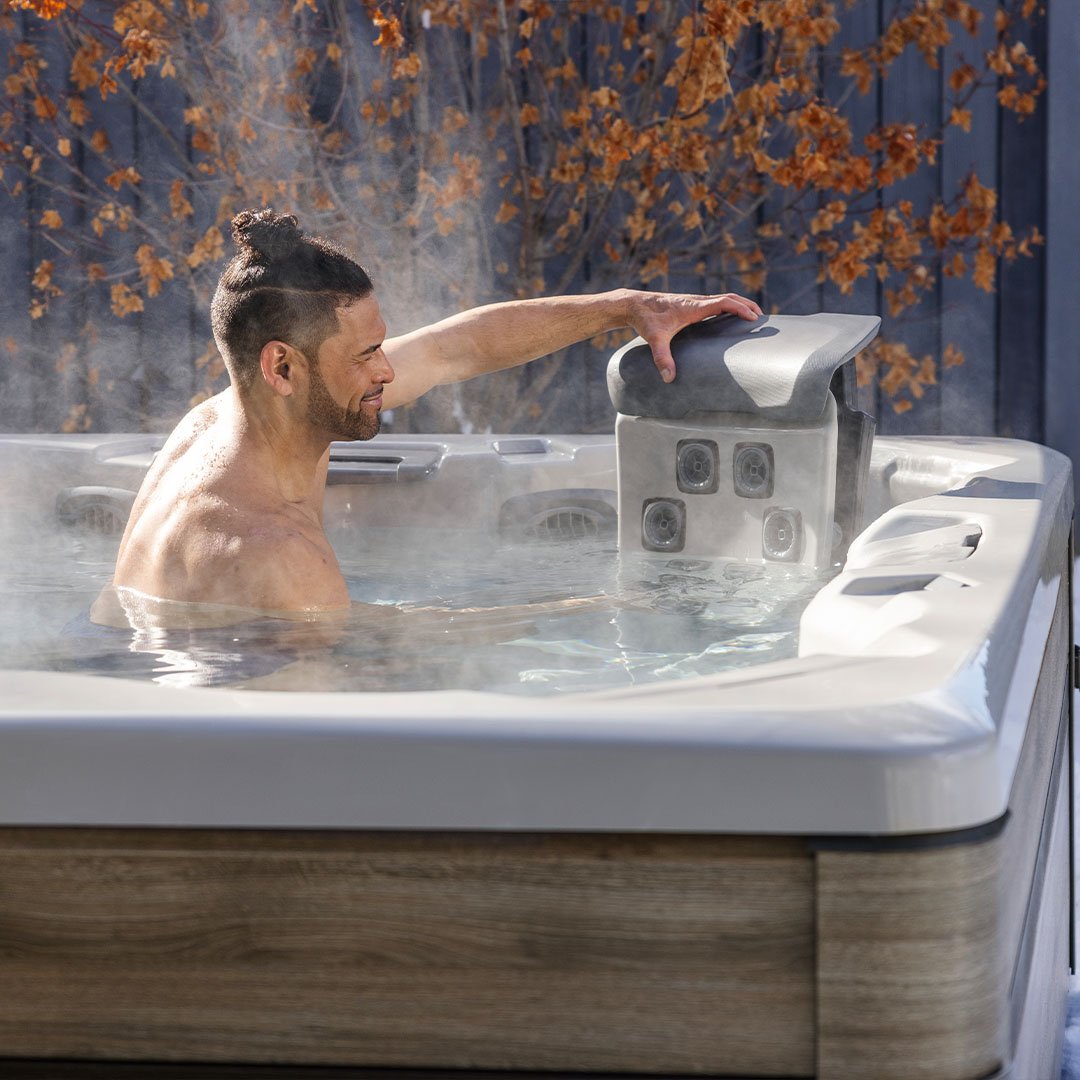How to Drain Your Pool for the Winter: A Step-by-Step Guide
When temperatures drop, swimming pool owners know it's time to prepare their backyard oasis for its seasonal slumber. Draining and winterizing your pool isn't just about keeping it clean during the off-season—it's a vital step in protecting your investment from the harsh effects of freezing temperatures. Taking the right steps now saves time, money, and headaches when it's time to dive back in next summer. Whether you're a seasoned pool owner or tackling this task for the first time, we've got you covered with expert tips and common pitfalls to avoid. Let's roll up our sleeves and get your pool ready for its winter rest!
Why Drain Your Pool for Winter?
Draining your pool before winter sets in is a critical step in pool maintenance that offers numerous benefits. Here's why it's essential to lower your pool's water level:
- Prevents Structure Damage From Freezing: Water expands when it freezes, potentially cracking your pool's walls or plumbing.
- Protects Pool Equipment: Lowering the water level keeps your skimmer and return lines safe from ice damage.
- Simplifies Spring Opening: A properly drained pool is easier to clean and prepare when warm weather returns.
- Prevent Algae Growth: Lowering water levels allows for better coverage with winter pool covers, reducing sunlight exposure.
Draining your pool correctly now means less hassle in winter and an easier reopening when swim season rolls around. Your pool (and your future self) will thank you!
Essential Tools and Materials: Gearing Up for Success
Before you begin the winterization process, it's necessary to have all the proper tools and materials on hand. Being prepared will make the job smoother and more efficient. Here's what you'll need:
Tools
- Submersible pump or pool pump
- Pool brush
- Telescopic pole
- Vacuum head and hose
- Pliers and wrenches
- Air compressor (for blowing out lines)
Materials
- Pool antifreeze (non-toxic)
- Winter chemical kit
- pH test strips
- Winter pool cover
- Cover clips or water bags
- Gizmos (winter plugs for skimmers)
Safety Gear
- Non-slip shoes
- Gloves
- Safety goggles
Having these items ready will ensure you can complete each step without interruption. Remember, safety comes first, so don't skimp on protective gear!
Preparing Your Pool: The Foundation of Effective Winterization
Proper preparation is key to successful pool winterization. Here's how to get your pool ready for the draining process:
1. Clean Thoroughly
- Brush the walls and floor to remove algae and debris
- Vacuum the entire pool to ensure a clean surface
- Skim the water surface to remove floating debris
2. Test and Balance Water Chemistry
- Check pH, alkalinity, and chlorine levels
- Adjust as needed to prevent staining and equipment damage
3. Remove Accessories
- Take out ladders, rails, and diving boards
- Remove skimmer baskets, return fittings, and other removable parts
- Store these items in a dry, protected area
4. Clean the Filter
- Backwash sand or DE filters
- Clean cartridge filters thoroughly
Starting with a clean, balanced pool means you're setting the stage for effective winterization and an easier opening next season, so be sure not to skip this step.
Lowering Water Levels: Finding the Right Balance
Determining how much water to remove is essential. Too little, and you risk freeze damage; too much, and you may create structural issues. Here's what you need to know:
How Low Should You Go?
- For Pools with a Solid Winter Cover: Lower the water level to 4-6 inches below the skimmer opening
- For Pools with a Mesh Cover: Lower the water level to 12-18 inches below the pool's edge
Methods for Draining
1. Using Your Pool's Filter System
- Ideal for partial draining
- Set the filter to "Waste" or "Backwash"
- Direct the backwash hose to an appropriate drainage area
2. Submersible Pump Method
- Best for significant water removal
- Place the pump in the deepest part of the pool
- Use a garden hose to direct water away from the pool area
Remember, never completely drain your pool unless absolutely necessary and recommended by a professional. A fully drained pool can be susceptible to structural damage and floating.
Step-by-Step Draining Process: Mastering the Technique
Now that you're prepared, let's walk through the draining process using a submersible pump, which offers more control and efficiency for winterization:
- Prepare Your Filtration System: Turn off the pump and heater, then close the skimmer valve and main drain.
- Position the Pump: Place the submersible pump at the deepest point of your pool on a flat surface.
- Connect the Discharge Hose: Attach a long garden hose to the pump's discharge port and direct it away from your home.
- Start Draining: Plug in the pump and begin the process, keeping a close eye on the water level.
- Adjust as Needed: Move the pump to follow the receding water level, repositioning the hose if necessary.
- Check Pressure Relief Valve: Ensure it's functioning properly to prevent damage from groundwater pressure.
- Reach Desired Level: Stop draining when you hit the sweet spot below the skimmer.
- Remove and Store the Pump: Clean and dry the equipment before tucking it away for winter.
Alternative Method: Using Your Pool's Filter System
If you're only lowering the water slightly, your pool's built-in system can do the trick:
- Set the Multiport Valve: Turn it to "Waste" or "Backwash" mode.
- Start the Pump: Let it work its magic to lower the water level.
- Monitor Closely: Keep an eye on the water level to avoid over-draining.
- Stop at the Right Level: Once you've reached your target, turn off the pump.
- Reset the Valve: Return it to its normal setting.
Remember, whether you're using a submersible pump or your pool's system, the key is to stay vigilant! Proper draining helps protect your pool and equipment throughout the winter months and ensures a smoother opening when the swim season returns.
Winterizing the Plumbing System
Let's face it: frozen pipes are a pool owner's nightmare. Water expands when it freezes, and that can spell disaster for your pool's plumbing system. Proper winterization protects your pipes, pumps, and filters from turning into icy time bombs.
Here's how to keep your plumbing cozy all winter long:
Blowing Out Water Lines
This step is all about getting every last drop of water out of those pipes:
- Remove Drain Plugs: Take out all plugs from your filter, pump, and heater.
- Air Compressor Time: Use an air compressor or shop vac to blow air through the skimmer.
- Watch for Bubbles: Keep blowing until you see bubbles in the pool from the return lines.
- Plug It Up: Once the lines are clear, plug them with expansion plugs or "gizmos" to keep water out.
Adding Antifreeze (If Necessary)
In areas where temperatures drop faster than a penguin on an ice slide, a little extra protection goes a long way:
- Pour pool-grade antifreeze into the skimmer until it comes out of the return lines.
- Stick to pool antifreeze only – automotive antifreeze is a big no-no for your pool.
- Use this step sparingly; it's typically only needed in extremely cold climates.
.jpg?width=600&height=400&name=iStock-637661938%20(1).jpg)
Treating Remaining Water: Balancing for Winter
Even though your pool is taking a winter break, the remaining water needs some TLC. Here's why and how to keep it in tip-top shape:
Why Balance Matters
- Prevents staining and scaling
- Inhibits algae growth
- Protects pool surfaces and equipment
Balancing pH Levels
- Test the Water: Use test strips to check current pH levels.
- Hit the Sweet Spot: Aim for a pH between 7.2 and 7.6.
- Adjust as Needed: Add pH increaser or decrease accordingly.
Adding Winterizing Chemicals
Your winter chemical kit is like a cozy blanket for your pool water. Here's what it typically includes:
- Algaecide: Keeps those pesky algae at bay.
- Shock Treatment: Zaps any lingering bacteria.
- Metal Sequestrant: Prevents staining from dissolved metals.
Pro Tip: Follow the instructions on your winterizing kit carefully. The amounts may vary based on your pool size and local climate. A well-balanced pool in winter means an easier opening when swim season rolls around again!
Your One-Stop Shop for Pool Winterization
At Watson's, we understand that winterizing your pool can seem daunting. That's why we offer everything you need to make the process smooth and stress-free. Our comprehensive selection includes:
- High-quality winterization kits
- Durable pool covers for all sizes and shapes
- Energy-efficient pool pumps and filters
- Safe and effective pool chemicals
Our expert staff is always ready to provide personalized advice tailored to your specific pool and climate needs. We pride ourselves on offering:
- Wide selection of trusted brands
- Competitive pricing with our lowest price guarantee
- Excellent customer service with tailored recommendations
- Convenient online ordering and local pickup options
Don't let pool closing be a hassle. Visit your nearest Watson's location to speak with our knowledgeable staff and see our products in person. Our team can help you find the right solutions for your pool winterization needs.
FAQs
When should I drain my pool for winter?
Drain your pool for winter when the water temperature consistently stays below 65°F (18°C). This typically occurs in late fall, but the exact timing depends on your local climate. Draining too early can lead to algae growth while waiting too long risks freeze damage.
Can I drain my pool with the filter system?
Yes, you can drain your pool using the filter system. Set your filter valve to "Waste" or "Backwash" and turn on the pump. This method is suitable for partial draining, which is typically all that's needed for winterization. For more extensive draining, a submersible pump is usually more efficient.
Topics: Pool - Above Ground Pools, Pool - Semi-inground Pools, Pool - Chemicals, Pool - Supplies, Pool - Equipment











